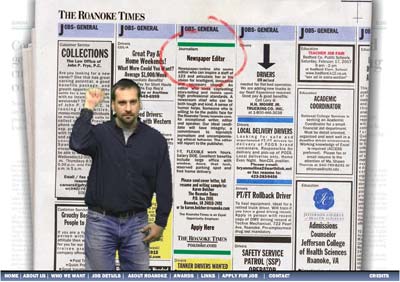Big, big kudos to the Allentown Morning Call for their Breeders and Kennels search widget. While there’s nothing especially extraordinary about setting up a searchable database, the Morning Call took it a step further and made their search widget embeddable by way of copy/pasting iframe code.
I could be wrong, but I can’t recall seeing a newspaper site ever do this with a search widget.
One consumer rights group has already embedded the database on their page and called it “groundbreaking.”
Newspapers should start considering this as standard operating procedure immediately. Can you imagine the traffic you’d receive for your local voter guides from bloggers during election season? What about dining databases? Chances are, there is plenty of content already on your site that can be turned into a search widget. And, the advertising of your site in a positive light? The possibilities are ripe.
Thanks to Amy Gahran for spotting this.
